Introduction
Are Pigeons Endangered: Pigeons, often seen perched on city buildings, plazas, and park benches, are a familiar sight in urban environments worldwide. However, there is a lingering question: Are pigeons endangered? These ubiquitous birds, also known as rock doves or city pigeons, have adapted remarkably well to life in human-dominated landscapes. Yet, concerns about their population and conservation status have occasionally arisen.
In this exploration, we delve into the question of whether pigeons are endangered, examining their historical context, population trends, and the factors contributing to their status in the wild. We’ll consider the challenges and advantages of urban living for pigeons and how human activities have shaped their numbers over time. We’ll touch upon the importance of pigeons in ecosystems and their cultural significance.
Understanding the conservation status of pigeons is not just about these birds’ survival but also about recognizing the broader impact of human activities on wildlife. Join us as we unravel the complexities of pigeon conservation, from their adaptability to the urban jungle to the role they play in the delicate balance of urban ecosystems.
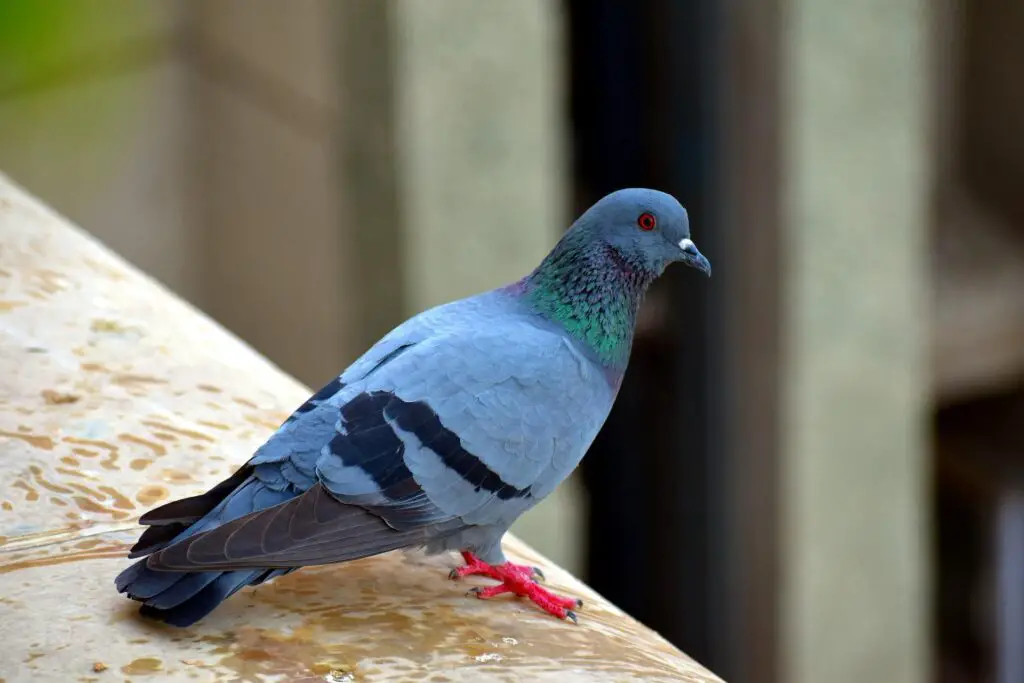
Why pigeons are endangered?
Passenger pigeons were hunted by Native Americans, but after the arrival of Europeans, especially in the 19th century, hunting increased. Pigeon meat was sold as inexpensive food, which for several decades culminated in hunting on a large scale.
Pigeons, specifically the Passenger Pigeon (Ectopistes migratorius), were once one of the most abundant bird species in North America, with flocks numbering in the billions. However, they were driven to extinction in the late 19th century due to a combination of factors. The primary reason for their decline was intense overhunting for food and sport. In the 1800s, the development of railroads made it easier to transport pigeons to markets, leading to a rapid increase in hunting pressure. Their meat was cheap and highly sought after, making them an easy target.
Habitat loss also played a significant role in their decline. As North America’s forests were cleared for agriculture and urban development, the Passenger Pigeon lost its nesting and foraging habitats. This destruction of their natural environment further exacerbated their population decline.
T, the pigeons’ breeding strategy made them vulnerable. They formed massive breeding colonies, which made it easy for hunters to target and decimate entire populations. Their reproductive rate was unable to keep up with the rate of hunting, ultimately leading to their extinction.
How many pigeons are left in the world?
400 million pigeons
There are between 260 and 400 million pigeons worldwide, and the vast majority of them are feral or domestic birds.
Estimating the exact global population of pigeons is challenging due to the vast and diverse habitats they occupy, which range from urban areas to remote wilderness. There are over 300 species of pigeons and doves worldwide, making it difficult to provide an accurate count for all of them. However, some species of pigeons, such as the Passenger Pigeon, have gone extinct or are critically endangered, highlighting the need for conservation efforts.
One well-known species is the Rock Pigeon (Columba livia), commonly found in urban environments worldwide. While their population is not precisely known, they are considered abundant due to their adaptability to human-altered landscapes. The conservation status of pigeons varies by species, with some thriving, others facing declining populations, and a few on the brink of extinction.
What if pigeons go extinct?
If all the pigeons in the world were exterminated, a lot of large hawks would probably go hungry. There are probably other animals that prey on their chicks such as peregrine falcons, maybe eagles too. Pigeons have become so numerous in cities because we humans have been breeding and feeding them for so long.
The potential extinction of pigeons, like any species, would have ecological, environmental, and cultural consequences.
Ecological Impact: Pigeons play a role in various ecosystems. They are a food source for predators like raptors and snakes, and their droppings can contribute nutrients to the soil. The loss of pigeons could disrupt these ecological interactions, potentially affecting other species.
Seed Dispersal: Some pigeon species, like fruit doves, play a vital role in seed dispersal. They eat fruits and then distribute seeds through their droppings, helping in plant regeneration and maintaining biodiversity.
Cultural Significance: Pigeons have cultural significance in many societies. They have been used historically as messenger birds and for their symbolism in art and religion. Losing pigeons would represent a loss of cultural heritage.
Scientific Value: Pigeons have been subjects of scientific research, contributing to our understanding of behavior, cognition, and genetics. Their extinction would hinder future scientific discoveries in these areas.
While the extinction of pigeons might not trigger immediate catastrophic consequences, it would undoubtedly impact ecosystems, biodiversity, and human culture in various ways. Therefore, it is essential to conserve and protect these birds and their habitats.
How rare are pigeons?
Originally found wild in Europe, North Africa, and western Asia, pigeons have become established in cities around the world. The species is abundant, with an estimated population of 17 to 28 million feral and wild birds in Europe alone and up to 120 million worldwide.
The rarity of pigeons varies greatly depending on the species. Some pigeon species are common and widespread, while others are rare and endangered. The Rock Pigeon, for example, is one of the most abundant and adaptable bird species globally, thriving in urban environments worldwide.
Conversely, some species of pigeons are considered rare and are listed as threatened or endangered. For instance, the Victoria Crowned Pigeon, native to Papua New Guinea, is a strikingly beautiful bird with a limited range, and its population has declined due to habitat destruction and hunting. Similarly, the Passenger Pigeon, once one of the most numerous bird species in North America, went extinct in the early 20th century due to overhunting and habitat loss.
Therefore, the rarity of pigeons depends on the specific species in question, their geographic range, and the conservation threats they face.
Should we stop feeding pigeons?
What kind of diseases can pigeons spread to humans? Pigeons may lead to various kinds of lung diseases, ranging from respiratory allergies to serious infections. The latter can lead to Pneumonia-Psittacosis, which is a bacterial infection and may result in death in 15 per cent of those affected by it if untreated.
The question of whether to feed pigeons is a complex one and depends on various factors, including local ordinances, environmental considerations, and public health concerns.
Local Regulations: Some cities and municipalities have ordinances against feeding pigeons and other wildlife due to concerns about overpopulation, damage to property, and public health.
Overpopulation: Feeding pigeons can lead to overpopulation in urban areas, which can result in issues such as excessive droppings, damage to buildings, and competition with native birds for resources.
Public Health: Pigeon feeding can lead to unsanitary conditions, as their droppings may contain pathogens that can pose health risks to humans. Feeding pigeons in crowded urban areas can exacerbate these concerns.
Environmental Impact: Feeding pigeons can disrupt natural foraging behaviors and lead to imbalances in local ecosystems. It may also encourage pigeons to congregate in areas where they can become a nuisance.
It’s essential to consider these factors when deciding whether or not to feed pigeons. If you choose to feed them, it’s advisable to do so responsibly, in designated areas, and with appropriate food to minimize negative impacts. Ultimately, the goal should be to strike a balance between human coexistence with pigeons and the preservation of urban and environmental health.
Are pigeons important?
Pigeons have held historical importance to humans as food, pets, holy animals, and messengers. Due to their homing ability, pigeons have been used to deliver messages, including during the world wars. Despite this, city pigeons today are seen as pests, mainly due to their droppings.
Pigeons may not receive the same level of attention or appreciation as other wildlife, but they do hold a degree of importance in both natural ecosystems and human society. From an ecological perspective, pigeons play a role as prey for various predators, including birds of prey like hawks and falcons. Their presence can also contribute to nutrient cycling through their droppings, which can fertilize soil. In urban environments, pigeons serve as important indicators of environmental health, as their population dynamics can reflect changes in food availability and pollution levels.
From a human perspective, pigeons have a rich history of significance. Throughout history, pigeons have been used as messengers, carrying important communications across long distances. They played a crucial role during World War I and II, delivering messages when other means of communication were unavailable. Pigeon racing is a sport enjoyed by enthusiasts worldwide, and these birds are prized for their ability to navigate and fly long distances.
Pigeons have been subjects of scientific research, helping us understand various aspects of avian behavior, navigation, and genetics. Their contributions to science have led to a deeper understanding of animal cognition and the development of theories related to navigation and homing abilities.
Are pigeons good to keep?
Pigeons also make surprisingly good pets. They are highly intelligent homing birds, typically with a calm, mild disposition.
The decision to keep pigeons as pets or for other purposes depends on individual preferences and circumstances. Pigeons can make good pets for certain people, but they are not suited for everyone. Here are some factors to consider:
Low Maintenance: Pigeons are relatively low-maintenance birds. They require a clean and safe living environment, a balanced diet, and access to fresh water. They do not demand the same level of attention as some other pets.
Social Animals: Pigeons are social birds and can form strong bonds with their human caregivers if raised from a young age. They can be affectionate and enjoy human company.
Homing Abilities: Pigeons are known for their homing abilities, and some enthusiasts keep them for pigeon racing or as a hobby. Racing pigeons can be a rewarding and competitive pastime.
Pest Concerns: In urban areas, pigeon populations can become a nuisance due to their droppings, which can damage buildings and carry diseases. Overpopulation can also lead to issues with noise and unsightly messes.
Legal Regulations: Before keeping pigeons, it’s important to check local regulations and zoning laws. Some areas have restrictions on the number of pigeons you can keep or outright bans.
Ultimately, pigeons can be good to keep for individuals who have a genuine interest in these birds and are willing to provide them with the care and attention they need. However, potential keepers should be aware of the responsibilities involved and consider their local circumstances and regulations.
Are pigeons intelligent?
Pigeons are incredibly complex and intelligent animals. They are one of only a small number of species to pass the ‘mirror test’ – a test of self recognition. They can also recognise each letter of the human alphabet, differentiate between photographs, and even distinguish different humans within a photograph.
Pigeons may not be known for their intelligence in the same way that certain primates or dolphins are, but they exhibit a range of cognitive abilities that are fascinating and noteworthy.
Spatial Intelligence: Pigeons are renowned for their exceptional homing abilities. They can navigate over long distances and find their way back to their home loft with remarkable accuracy. This skill suggests a high level of spatial intelligence and memory.
Learning and Memory: Pigeons are capable of learning various tasks through operant conditioning, which involves associating behaviors with rewards or punishments. They can remember and adapt to different feeding locations and schedules.
Pattern Recognition: Pigeons have demonstrated an ability to recognize and categorize complex visual patterns, which has been studied in laboratory settings. This suggests a degree of cognitive flexibility.
Numerical Abilities: Research has indicated that pigeons can grasp basic numerical concepts, such as understanding the concept of “greater than” and “less than.” This indicates some level of numerical intelligence.
While pigeons may not possess the problem-solving abilities of certain other animals, their cognitive abilities are certainly more sophisticated than one might assume. They have been valuable subjects in behavioral research, helping scientists gain insights into learning, memory, and navigation in the animal kingdom.
While they may not be known for their intelligence in the same way as dolphins or primates, pigeons exhibit cognitive abilities that are well-suited to their ecological niche and have made them subjects of scientific fascination.
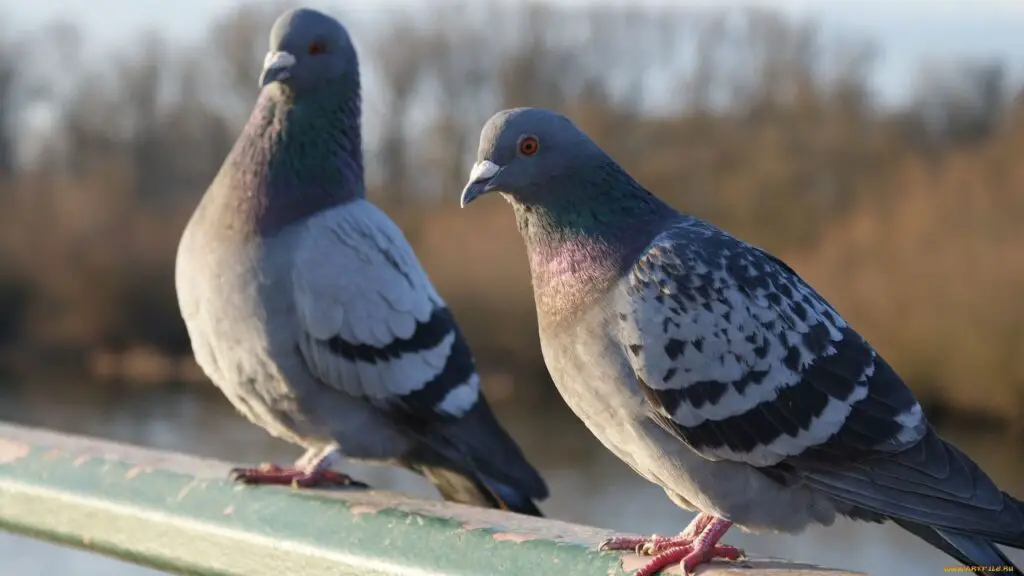
Conclusion
Are pigeons endangered? The answer is a resounding no. Pigeons, particularly the common city-dwelling variety known as rock doves or city pigeons, are far from being endangered. In fact, they are one of the most widespread and abundant bird species globally.
Pigeons have demonstrated exceptional adaptability to urban environments, thriving in cities around the world. Their ability to nest on buildings, exploit food resources in urban areas, and adapt to various climates has allowed them to maintain robust populations. These qualities have ensured their continued presence and success.
While pigeons are not endangered, their conservation status raises important questions about human impacts on wildlife. Pigeons’ resilience in urban settings is a testament to their ability to coexist with humans, and their presence can serve as an indicator of environmental changes in our cities.
Moreover, pigeons contribute to ecosystems by serving as prey for predators like hawks and falcons. They also play a role in seed dispersal, aiding in the regeneration of vegetation in urban areas.
Pigeons are not endangered; they are a thriving and adaptable species that have successfully integrated into urban landscapes worldwide. Understanding their population dynamics and coexistence with humans sheds light on the broader issues of urban ecology and the importance of maintaining biodiversity in our cities.

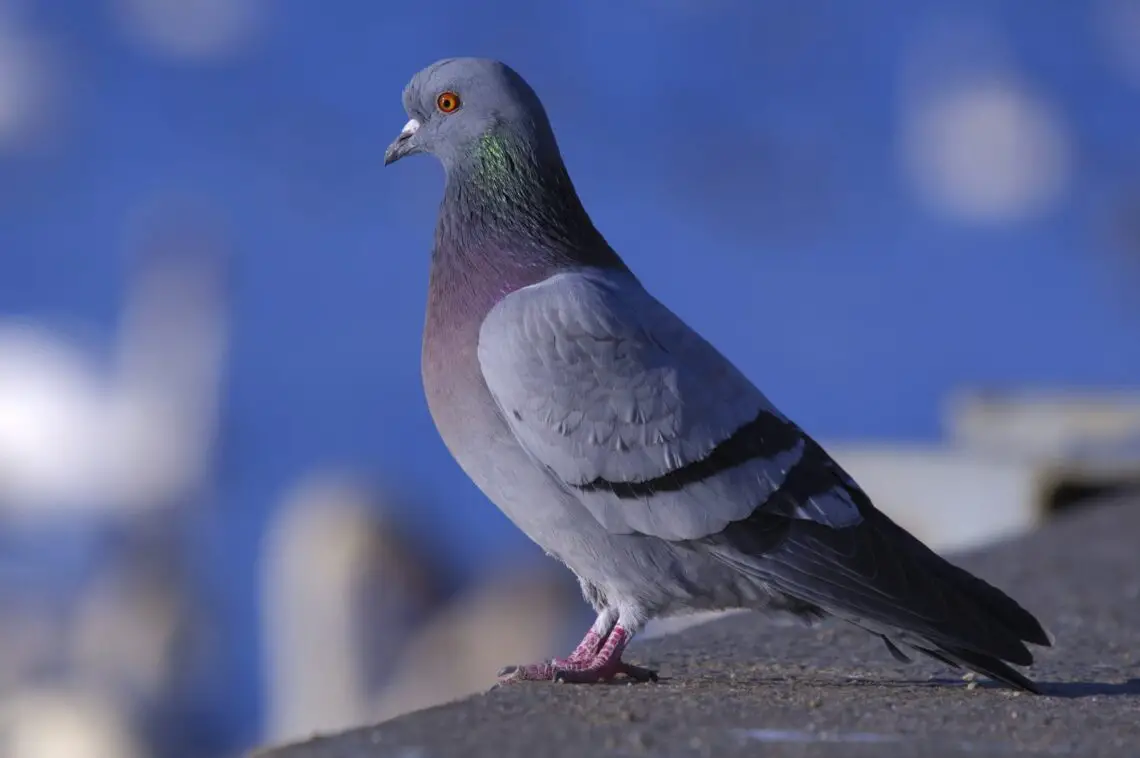
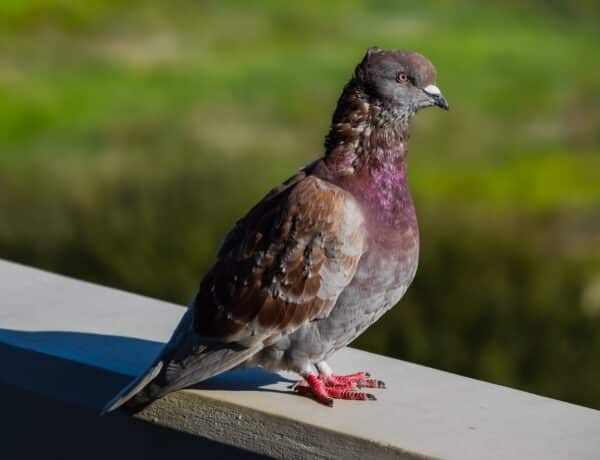
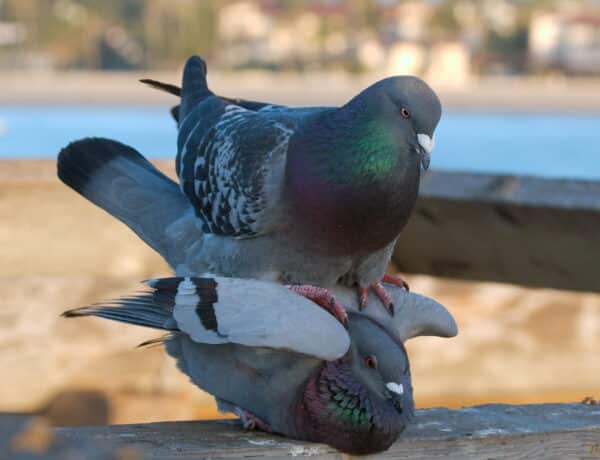
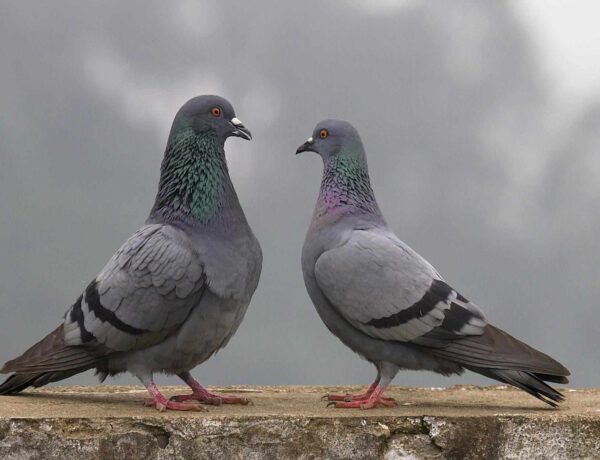
No Comments